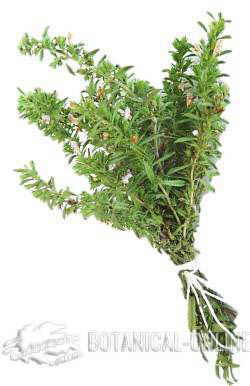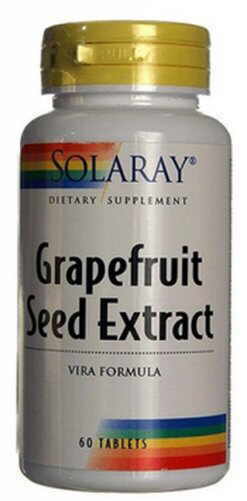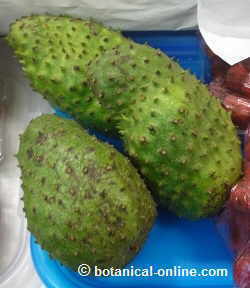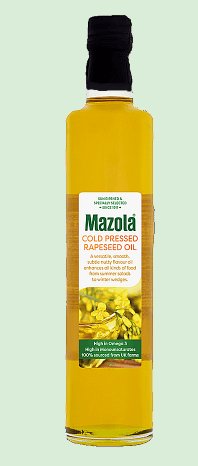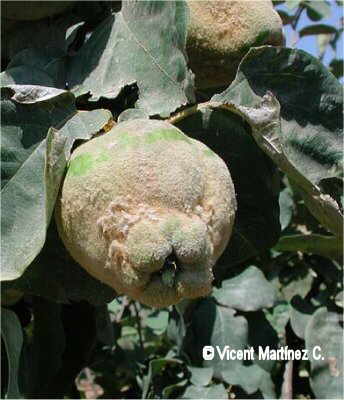Contents
Antibiotic plants in the kitchen
Herbs used in meals that can kill microorganisms
In general, the use of aromatic herbs in the diet is recommended. More and more studies are warning of the potential of aromatic herbs in food, to the point that, for many researchers, they are considered authentic functional foods. Others refer to the use of these plants as “herbal medicine in the pantry”
Main antibiotic foods
Among all the foods with antibiotic properties, we can point out the following:
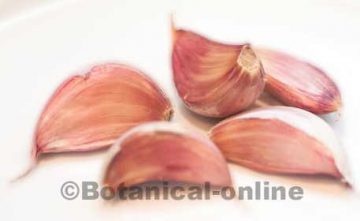
- Garlic (Allium sativum): Without a doubt the best natural bactericide and antiviral. It contains more than 20 components with antiviral properties and almost 40 antibacterial components (Aliycin, ajoene, caffeic acid, ascorbic acid, chlorogenic acid, quercetin, etc.). All this makes it ideal for the internal treatment of respiratory diseases.
- Onion (Allium cepa): From the same family as garlic and with a similar composition, onion constitutes another natural antibiotic. Also rich in sulfur, acid and flavonoid components (mainly quercetin), onion is one of the best natural remedies to combat infectious processes of the respiratory system (influenza, bronchitis, pharyngitis, etc.). Purple onion is richer in these principles. In addition, onion, used externally, is considered an excellent disinfectant and expectorant for the lungs.
- Savory (Satureja montana, Satureja hortensis): Savory essential oil is antimicrobial, antifungal and stimulates defenses.

savory , rich in essential oils with antibiotic properties - Oregano (Origanum vulgare): Digestive plant that, due to its content in carvacrol and thymol (abundant in its essential oil from the plant: in the stem, leaves and flowers), oregano is a powerful expectorant, anti-inflammatory and antiseptic of the respiratory tract .
- Tarragon (Artemisia dracunculus): Because it acts as a natural antibiotic, tarragon was formerly used as a medicinal seasoning to prevent poisoning and preserve food. It helps to treat excess intestinal fermentation and is also used against tuberculosis.
- Nasturtium (Tropaeolum majus): Its pungent flavor is due to the content of sulfur compounds (glucotropaeloside) with antibiotic properties.
- Fennel (Foeniculum vulgare): The plant is very rich in essential oils, with a high content of anethole, which gives it expectorant, antiseptic, spasmolytic and carminative properties.
- Mint (Mentha ssp.): Peppermints are also very rich in antibacterial principles, especially indicated to prevent intestinal rot.
- Pepper (Piper nigrum): It has highly appreciated antibiotic properties, and is especially recommended in case of respiratory problems, such as asthma or bronchitis, due to its expectorant, diaphoretic and anti-inflammatory properties.
Caution must be taken, in these cases, to consume pepper well diluted in vegetable creams or the like, to avoid a bronchoaspiration, which could be very harmful. - Anise (Pimpinella anisum): Due to the expectorant properties of anethole, it is very suitable in the treatment of respiratory diseases. It is also sedative and helps to calm stomach cramps and digestive spasms in case of digestive infections.
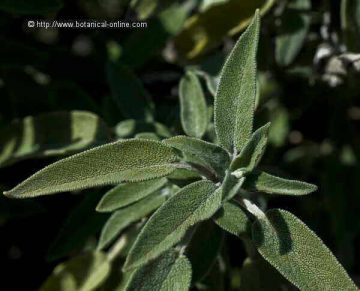
- Sage (Salvia officinalis): Antibiotic used against respiratory conditions in general, sore throat, flu, pharyngitis, laryngitis, hoarseness or aphonia
- Parsnip (Pastinaca sativa): it contains essential oils rich in terpinolene and myristicin, with antiseptic properties which helps to regenerate the intestinal flora.
- Blueberry ( Vaccinium ssp.)With anthocyanidins and hippuric acid, substances that act as a natural antibiotic for many bacteria that inhabit the urinary tract.
- Soursop (Annona muricata): The plant has a strong antibiotic power due to its acetogenin content, especially in the leaves and seeds.
Mushrooms with antibiotic properties
The antibiotic properties of mushrooms are very prominent. Not only must we highlight the Penicillium notatum from which penicillin was synthesized, but there are many edible or poisonous mushrooms with the same principles.
Mushrooms as widely used at the table as common mushrooms (Agaricus bisporus), reishi (Ganoderma lucidum), Shiitake (Lentinula edodes) or chanterelles (Lactarius deliciosus) have been shown to have natural antibiotics in their composition.
Foods vitamin C to cure infections
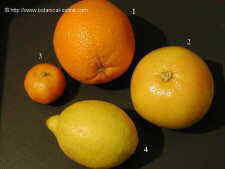
The property of vitamin C to increase defenses is probably the most popular known both of the foods that contain it, and of the supplements and medicines that incorporate it (lemon, kiwis, supplements, …).
Scientists probably began to intuit the benefits of vitamin C for defenses by discovering that this vitamin is found in high concentration inside leukocytes, the immune cells.
It should be mentioned that the most powerful sources of this vitamin are rose hips, acerola, or Vitamin C supplements that contain more than 250 mg of natural vitamin C per dose. Supplements may have bioflavonoids incorporated, which enhance their effects.
Therefore, it can be deduced from this observation that vitamin C is necessary for the immune system to function properly. Currently, many benefits of this vitamin for defenses have been demonstrated.
![]() More information on natural antibiotics
More information on natural antibiotics

